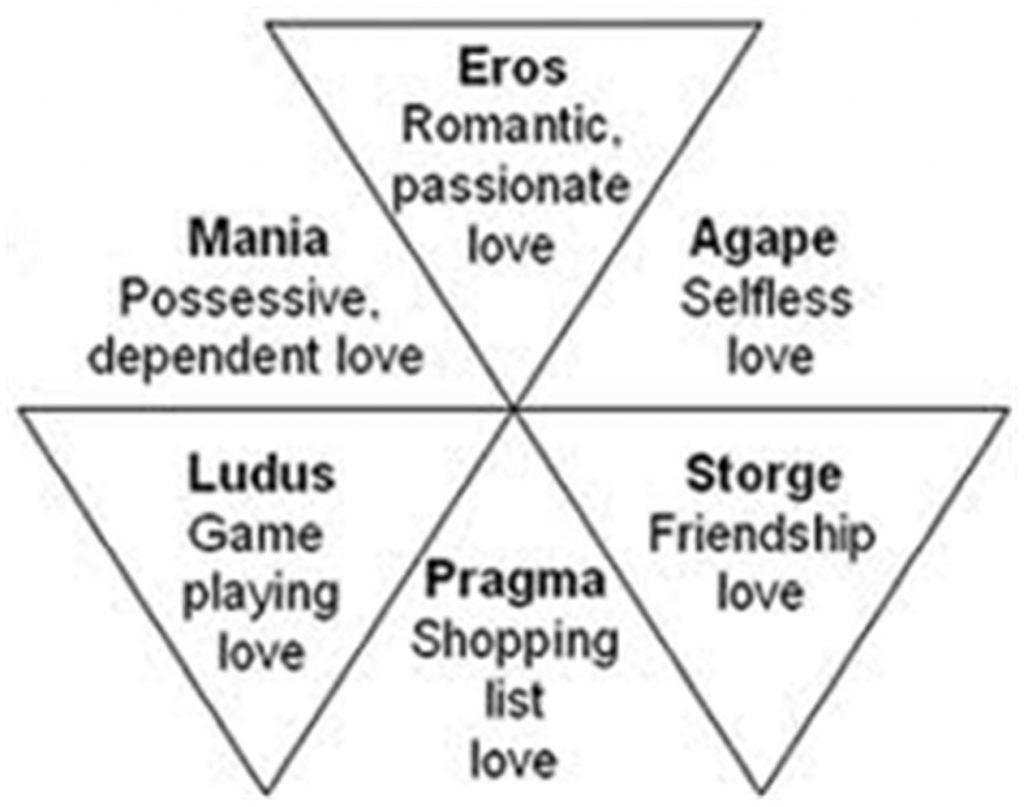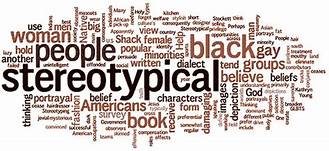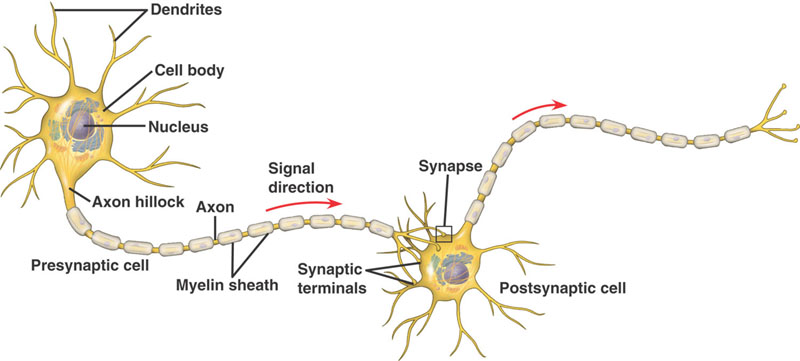ATA4
Assignment four involved taking the Styles of Love questionnaire identifying which of the six love types are characteristic of my personal love style. The results from the questionnaire show that I have a tendency to display the Eros and Agape love styles as opposed to the Ludus and Pragma types which I had low scores, as well as, Storge and Mania love styles which I had very close to average scores compared with the participants in the Hendrick and Hendrick (1986) study. The subject of attachment style comes to mind when considering the six love types and how the attachment style formed in early childhood relates to the love styles individuals have a tendency towards in adulthood.
This questionnaire was educational in the sense that I had no prior knowledge of these particular love styles. I learned a great deal regarding the different types of romantic relationships that individuals establish with one another and the characteristics associated with the different love types. The triangular model of love consisting of intimacy, passion, and commitment. I relate this model to the different love types. Of the six love types, some are healthier than others. For example; someone with strong manic love style characteristics would be dependent on their partner while being uncertain of their lovers’ commitment. These traits could lead to very negative and sometimes violent situations dependent on the situations that arise throughout a relationship. Someone who scores high in the manic love style would most certainly not be able to achieve a consummate love that displays a balance of intimacy, passion, and commitment.
I agree with the results that reflected a strong Eros and Agape love styles. The eros love styles indicates a strong commitment to your partner with intense, passionate emotion, and attraction early in the relationship while the Agape love styles reflect a selfless and non demanding characteristics. The results were relevant to me because they reflect the current relationship that I have with my husband of twelve years. Knowing my love styles has helped me to reflect on my behavior toward my husband and better understand our why we interact with one another the way we do.
Visual Representation

I chose this visual representation of the six love types because it quickly sums up the main characteristics associated with each. It reflects important aspects that would be found in a relationship of each type.
ATA3
Assignment 3 was a very engaging! After watching the video of Michael Richards engaging in very racist behavior I experienced an abundance of emotion and a rush of points that I wanted to cover. Writing the paper about his behavior was more difficult than expected because there were so many points and ideas that I wanted to include in the paper, but if I had done so the paper would have been quite a bit longer than the instructions called for. Michael Richards’ tirade at the laugh factory was a clear display of racism and showed his intent to harm the heckler emotionally by acting on his personal attitude of prejudice towards the individual’s social group.
Richards’ reaction to his tirade was a great example of cognitive dissonance which included in an earlier chapter pertaining to attitudes. Richards’ acted on his anger towards being interrupted. His reaction to the heckler was spontaneous. His feeling of anger led to his, automatic response; acting on his attitude of prejudice. This leads back to the idea of heuristics where the brain takes shortcuts in order to operate at the most efficient manner possible. His normal behavior did not reflect any sort of prejudice towards african americans. However; during this particular incident his anger triggered an automatic response that led to uncharacteristic behavior because he did not engage in a cognitive thought process before he reacted.
The subjects of prejudice, racism, and discriminatory behavior inspire deep thought when considering each of them in detail. Learning the exact definitions and underlying causes of prejudice, stereotyping, and discrimination while reading the textbook and reviewing that information for this paper was informative and will prove useful in real life. Understanding that discriminatory behavior can occur in ways that are unintended, and even without conscious thought is crucial information. Educating oneself on the subject is the best way to understand the interaction between social groups and be able to identify when personal behavior is wrong; encouraging change. Self-reflection on past behaviors and attitudes can lead to positive changes regarding prejudice, stereotyping, discrimination, and racism.
I chose to include this image because it provides a visual representation of different groups often having many negative stereotypes associated with them.
ATA2
Choosing six photos that I feel represented who I am overall was a very thought-provoking task. After reviewing the photos, it was clear that in reference to the social identity continuum, my salience lies heavily and often on the end of social groups. The dominant group I associate myself with is my family group; both immediate and extended family. On the other end of the social identity continuum as an individual my independence is one of my strongest characteristics. Reviewing these photos with an interest in why I see them as important to my self-concept was insightful. It taught me a lot about my personal self-perception.
Digging deeper into my self-concept, led me to ask myself, Why do I view these characteristics as definitive of who I am? After further thinking, I realized that a great deal of my family social group comparison may be due to using the availability heuristic. Family time as a child is something that I can easily recall from memory. I believe being able to recall time spent with family so easily has an impact on my decisions as to how I identify myself and with which group most often. This assignment forced me to look at my self-perception, self-concept, and grasp how and why I view myself the way I do. I feel that it has shown me through introspection, has a lot to do with how I see myself, categorize the things important to me, and has great influence on the decisions I make on a daily basis.
I chose this image to represent self-perception. How we see ourselves isn’t always the same as others see us and I think this picture displays that perfectly. Although I view myself as family oriented and independent, others may not view me in such a manner or view those traits as dominant in regards to my personality.
ATA1
The topic of heuristics was very interesting and was a great foundation for exploring social cognition and how we as humans process information in order to make decisions efficiently. Exploring the various heuristics was beneficial in analyzing how and why I personally make decisions and reflect on the information that I am processing from my surroundings at any given moment. Personal reflection on specific decisions I have made recently was interesting but also lead to thinking on which heuristic my mind determined to be most efficient; perhaps a better decision was possible due to the negative aspects associated with each of the four heuristics. Using the information I learned about heuristics and understanding that even though the brain is working in the most efficient manner possible using these shortcuts, they are not always the best judgments or decisions possible, and this applies to myself as an individual on a personal level.
Along with Psyc 304 I am also currently taking Psyc 434 which is Physiological Psychology. The topic of the nervous system and how neurons relay information to and from the brain to the rest of the body is what has recently been the focus of my physiological psychology class. I had several instances where I tried to envision how neurons interact and relay information to different areas of the brain and the rest of the body when heuristics are being utilized. There are so many complex processes all occurring simultaneously in the brain and body; it is hard to comprehend how they all interact and work so efficiently.
I chose this image as a visual representation of my thought process when relating my physiological psychology class to the topic of heuristics relating to the social world. Often considered on separate terms, all these things are happening at once. The process of using heuristics is carried out in the brain through the use of neurons and their relay of information throughout the various parts of the brain.


